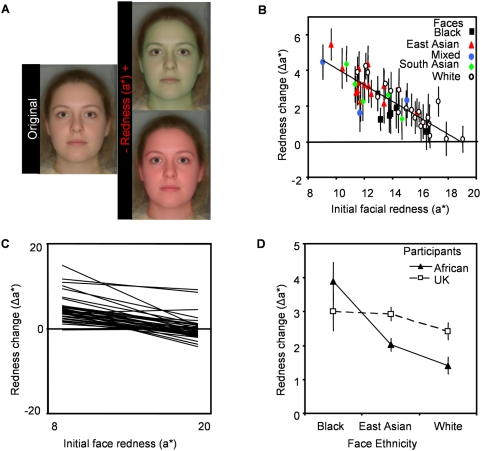Figure 2. Effect of skin colour on apparent health of faces of various ethnicity.
(A) Untransformed image and image pair showing endpoints of skin redness transform (±16 units on the CIELab a* axis). Images shown are composites of many faces. Stimuli used were photographs of real individuals. (B) Participants increase redness to optimise healthy appearance of faces. Initial facial redness correlates with redness change applied to optimize healthy appearance (r = −0.832; p<0.001; R2 = 0.69). Different coloured symbols represent different ethnic groups of faces. (C) Regression lines relating initial face redness to redness change applied to optimise healthy appearance for each individual participant. (D) African participants increase redness in black faces more than other faces. Both African and UK-based participants increase redness in all three ethnic group faces to optimise healthy appearance.

